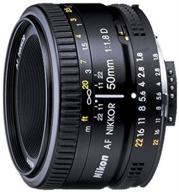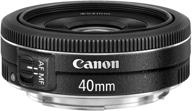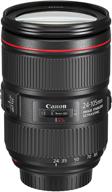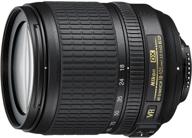
Review on 📷 High-Quality Sigma 35mm F1.4 Art DG HSM Lens for Canon, Black, Compact Size (340101) by Anastazja Simiska ᠌

A little bit not what I expected, generally fine.
I was still considering purchasing a 50 1.4 in order to get the right proportions of faces and objects in my photographs. You can take images of oneself at a distance using the phone in a manner quite similar to how you would normally do so. Customers prefer that their images be larger than 35 millimeters by 50 millimeters. Longer-focus optics draw proportions differently, which is why you can't shoot with any phone that has shorter-focus optics. The phone can take pictures with a focus of 35 millimeters, but it can't take pictures with a focus of 50 millimeters. As a result, I've decided to go with a 50mm lens. There were two 35mm lenses: a Canon 1.4L and a Sigma Art 1.4 for the 35mm format. I was only able to choose one. In general, a focal length of 50 millimeters provides the same proportions that our brain sees; another way to put it is that it refines the picture that our eyes view. We see everything clearly, as opposed to how it might seem through optics with a short depth of field, such as in a phone. The 35mm format made me think of a drawing made on a smartphone. This is my opinion. Nonetheless, Art may make this angle look more creative by blurring the background and adding colors that aren't typical. compared head-on images taken with an iPhone XS and a Canon 5D Mark 4 equipped with a Sigma Art 35 1.4 lens of the same subject. Seems like a similar photo to me. There are samples of images that can be found in the review of the iPhone XS 64GB that is now available for people who are interested. Consequently, a competent smartphone can replace a 35mm camera for non-professional work and travel. But not 50 millimeters. When it comes to professional work, the Sigma 35mm f/1.4 is a great alternative to the Canon 35mm f/1.4, both in terms of pricing and image quality. But, if the camera on the Canon 35mm f/1.4 can eliminate vignetting by 1.4 and generate a decent ready-made jpeg, then each photo taken with the Sigma 35mm f/1.4 will need to be altered in Photoshop Lightroom in order to get rid of the vignetting. This is inconvenient for anyone who requires a JPEG image immediately after taking a picture using the camera. On a Canon 5dm2, achieving optimal focus is only possible in Live View. Although I purchased a docking station for 4 megapixels, this did not truly resolve the problem. This lens is excellent when used in live view. Yet achieving focus of 50/50 is not something I strive for, and if I had to choose between a Canon 35 1.4 and a Superb Sigma 45, I would choose the former. While I'm looking through the viewfinder, having a quick autofocus is essential for me.
- Stunning colors and a crisp lens even at f/1.4
- When compared to 50mm, there are distortions similar to those seen on a phone. The 35 mm lens distorts faces as well as vertical lines. This is an illustration of the same subject captured head-on by the Sigma Art 35 1.4 and the Sigma Art 50 1.4 lenses.
New products
Comments (0)
Top products in 👓 Lenses

Nikon 50mm f/1.8D Lens: Perfect for Nikon DSLR Cameras!

97 Review

Canon EF 40mm f/2.8 STM Lens - Fixed Black (6310B002) for US Cameras

76 Review

Black Canon EF 24-105mm f/4L IS II USM Lens - Model 1380C002

78 Review

New Nikon 18-105mm Vibration Reduction 📷 Zoom Lens with Auto Focus for Nikon DSLRs

104 Review





